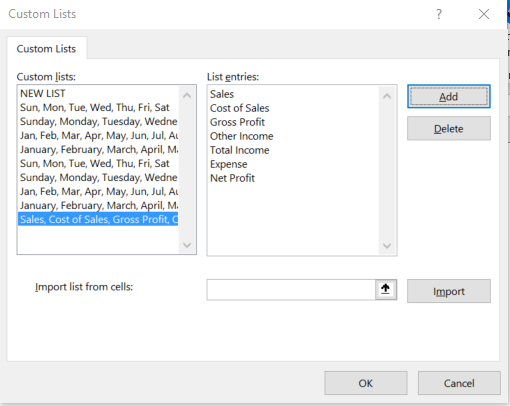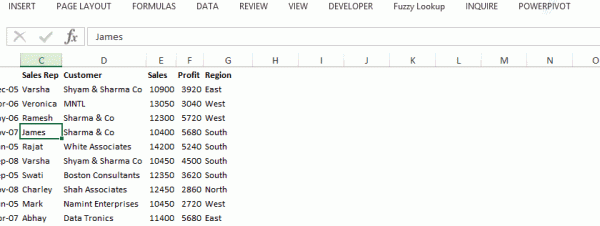

#EXCEL SLICER CUSTOM SORT HOW TO#
Read More: How to Perform Custom Sort in Excel (with Easy Steps)Ģ. Finally, you will be able to get your desired output of the Custom Sort command.After pressing on the OK box, you go back to the Sort window, From that window again press on the OK box.Then select January, February, March, April from the Custom lists box, and press OK. From that window, select Column, Sort by Birth Month, Sort on Cell Values, and Order is Custom List. After that, a Sort window will appear in front of you.Hence, a Sort Warning dialog box pops up.Home → Editing → Sort & Filter → Custom Sort From our dataset, select cells C4 to C13, and then from your Home Tab, go to,.To apply the Custom Sort command to sort by month as text, please follow the steps below. We have a dataset where some person’s Birth Month and their name are given in columns C and B respectively. In this method, we will learn about the Custom Sort command to sort by month as text. Perform Custom Sort Option to Sort by Month in Excel Here’s an overview of the dataset for our today’s task.ġ. We will sort these data by applying the MONTH, SORTBY, TEXT functions, Sort & Filter command, and Custom Sort command also. From our dataset, some Person’s Names and their Date of Birth are given in columns B and C respectively. Let’s say, we have a dataset that contains information about 9 different persons. There are macros too, that make sorting easier.4 Suitable Ways to Sort by Month in Excel There’s more information on that page, to help you fix pivot table sorting problems. If this tip didn’t fix your sorting problem, go to the Pivot Table Sorting page on my Contextures site. Click OK twice, to close the dialog boxes.In the range box, the address of your selected list should automatically appear.In the Custom Lists dialog box, under Custom Lists, NEW LIST is automatically selected.Scroll way down, and In the General section, click Edit Custom Lists.In the list of categories, click Advanced.On the Ribbon, click the File tab, and click Excel Options.On the worksheet, select your list of items for the Custom List.Then, use the custom lists to sort the items on the worksheet, or in a pivot table.įollow these steps to import a list of from an Excel worksheet: In Excel, you can create custom lists, like the built-in lists of weekdays and months.įor example, you could create a custom list of regions, products, or other items. This short video shows how to create your own Custom List in Excel. Select Rep from the drop down list of fields.
#EXCEL SLICER CUSTOM SORT MANUAL#
That changes the sort to Automatic, instead of Manual.In the Sort Options section, click Ascending (A to Z) by.

If not, and June is still at the top, instead of Ann, use one of these fixes: In the Sorting section, remove the check mark from “Use Custom Lists When Sorting”Īfter you adjust that pivot table sort setting, the list of names might re-sort automatically.In the PivotTable Options dialog box, click the Totals & Filters tab.Right-click a cell in the pivot table, and click PivotTable Options.To prevent the custom lists from taking precedence when you sort a pivot table, follow these steps to change the setting: Pivot tables sort custom list items first, unless you tell Excel not to do that.June is in the custom list of month names.In this example, June stays at the top of the list, because June is also the name of a month.Įxcel has a special collection of built-in lists, called Custom Lists. If you sort the Rep field again, nothing changes. Why is June at the top of the list of rep names, ahead of Ann?

This pivot table has sales rep names in column A, and those names were sorted alphabetically, A-Z.Īll the sales rep names are sorted correctly, except June. Here is an example where the pivot table items are not sorted in the way that you’d expect. See why that happens, and how you can fix the sorting problem. However, you might run into a pivot table sorting problem, where the wrong item stays at the top. Usually, it’s easy to sort an Excel pivot table – just select one of the sort options – A to Z or Z to A – in the heading drop downs.


 0 kommentar(er)
0 kommentar(er)
